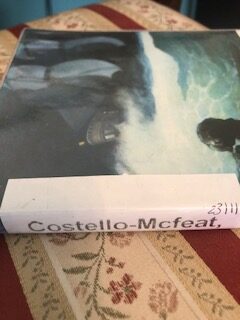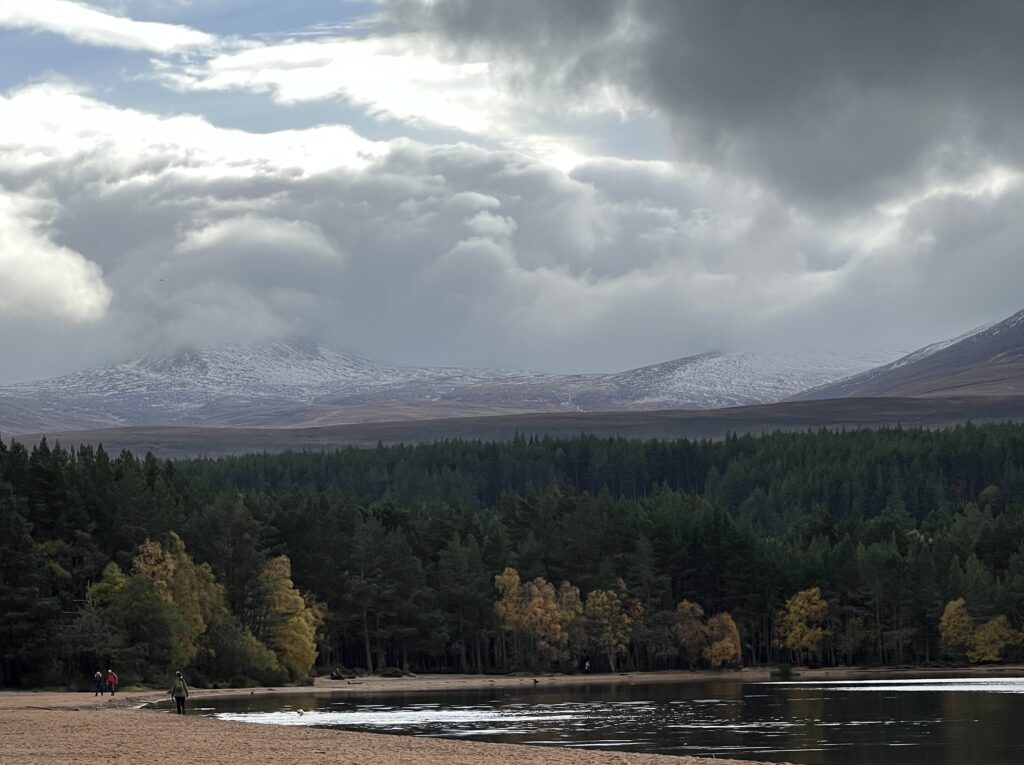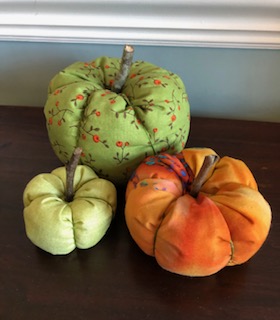With the holidays arriving soon, many of us are turning our thoughts to menus and food shopping. In the past, such things were relatively straight forward, but now, with so many having different dietary requirements, it can all seem a bit of a nightmare.

As one of those ‘difficult’ guests, I apologise in advance on behalf of all of us. Some will have dietary needs based on ethics, some on health and some simply a matter of taste, but few will relish being the awkward one.
The spirit of the season
As a result, it is not unusual for the ‘difficult guest’ to bring their own food. This certainly makes it easier for the host, but is hardly in the spirit of the occasion. Whilst I would never expect anyone to cater to my rather peculiar diet, it gives me great pleasure when they do. And it does not require great culinary skill or weird and unusual ingredients (though you can try that if you wish.)
So, to make life a little easier on those catering to vegans and many other special diets, I’ve devised some ideas and hacks to help get you through the holidays without having to make extra dishes or compromise on taste.
Recipes, recipes
The expert on their diet is the person themselves and perhaps they can guide you to their favourite treats or cookery writer. Mine has to be my friend Karen Lee who I met through the OMS socials. She writes simple, no nonsense recipes with all sorts of variations for food intolerances. Her Eat Well, Live Well book is my go to for tasty tips.

Image: Karen Costello-McFeat
With the number of folks choosing a plant based diet exploding, there is no shortage of recipes on all mainstream media. BBC Good Food ideas are invariably idiot-proof and delicious.
Supermarkets now have whole aisles dedicated to plant based options and a trip to a specialist health food shop isn’t necessary at all. The easiest thing is to pick up a delicious nut roast or meat alternative and serve it with your roast dinner.
Soups and starters
Most soups can be made vegan friendly simply by substituting a meat stock cube with a vegetable one. Clearly chicken and ox tail are off the menu, but mushroom and chestnut; spicy roast butternut squash and vegetable are definitely on.

Image: Karen Costello-McFeat
Starters tend to be salad based and if you wanted to make something with prawns or bacon or chicken pieces, most vegans would be very happy to just have the salad by itself. If you are worried about the dressing, oil and vinegar is always delicious.
The main event
Most Christmas meals contain a wonderful array of vegetable dishes. Personally, I’d be happy eating just them. Where some meat or dairy products might slip into their preparation, here are some quick switches you can make:
- Goose fat – olive oil or vegetable lard
- Milk – oat milk (cooks really well) and makes a silky, smooth, thick white sauce when made with corn flour. Add a little vegetable stock powder or herbs for extra flavour
- Cream – soya cream works in hot and cold dishes
- Cheese flavour – I use yeast flakes in my cheese sauces. It really is good!
- Fake bacon – okay, it isn’t really as delicious, but it is a good substitute, as are vegan sausages.
- Gravy – A roast is not a roast without gravy, so to avoid having to eat a very dry nut roast, I had to find a way to make a sumptuous vegan one. The trick is to add Marmite and red wine or port to your roux, add stock, mix well and heat until creamy. You can buy vegetable gravy granules to which you add boiling water if you only need a tiny amount.
- Adding zip to your vegetables! When we roast our vegetables, we often add cashew or other nuts to give it a little lift. If I have some, I will also add whole chestnuts. Toasted seeds and nuts are also delicious on vegetable dishes and salads.
Delicious desserts
Sweet dishes are often the hardest to adapt to a plant based diet, however, they needn’t be. If the thought of making something with plant gelatine or egg substitutes gives you the jitters, a fruit salad, hot or cold would be gladly received (and also by some of your groaning, over-full guests).
If you are feeling a tiny bit more adventurous, here is a recipe that is sure to please everyone. (Just don’t tell them about the main ingredient.) Because, silken tofu is your friend!

Image: Karen Costello-McFeat
To make the most luscious chocolate mousse, here’s the recipe:
Chocolate Mousse – Serves 4
Melt 100g of very dark chocolate (most chocolate over 50% cocoa is vegan) in a bowl over a pot of simmering water. When melted, remove from the heat.
Take one packet of silken tofu and squeeze out as much of the liquid as you can. (I cut off a tiny corner of the packet to avoid losing half of it down the sink!)
Put the tofu in a food processor and whiz until smooth. Add a teaspoon of vanilla essence (or any flavour you wish) and then the melted chocolate.
Spoon into espresso cups or wine glasses, chill and decorate with coffee beans, soft fruits or mint sprigs.
Other tasty things
Since becoming plant based, I have come to appreciate dried fruits and nuts much more. Large dates stuffed with walnuts make a delicious after-dinner treat or a plate with small slices of prettily coloured fruits. (Thank you Aunty Morag!)
If your guest are enjoying a cheese board, you might try some vegan ones or just lay out figs, dates, dried cranberries and a variety of nuts to nibble. I suspect the vegans won’t be the only ones digging in.
Christmas cakes and mince pies are easily adapted to vegan tastes and often available to buy at the better supermarkets (M&S, Waitrose and Sainsbury’s). Mince pies are even more easily sourced and if you make your own, just substitute vegetable suet for beef in the mincemeat – and remember not to put egg or butter in your pastry!
Whatever you choose for your Christmas feast this year, I hope it gives everyone joy and if you fancy adding a little vegan twist -well, so much the better.
















































